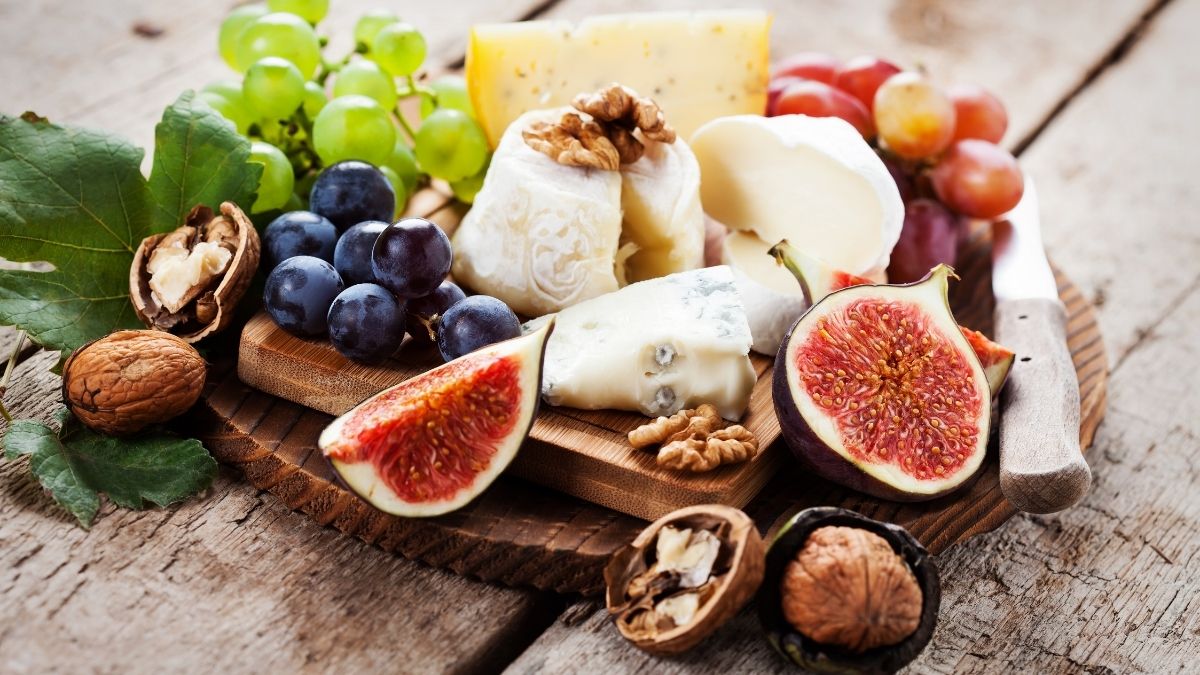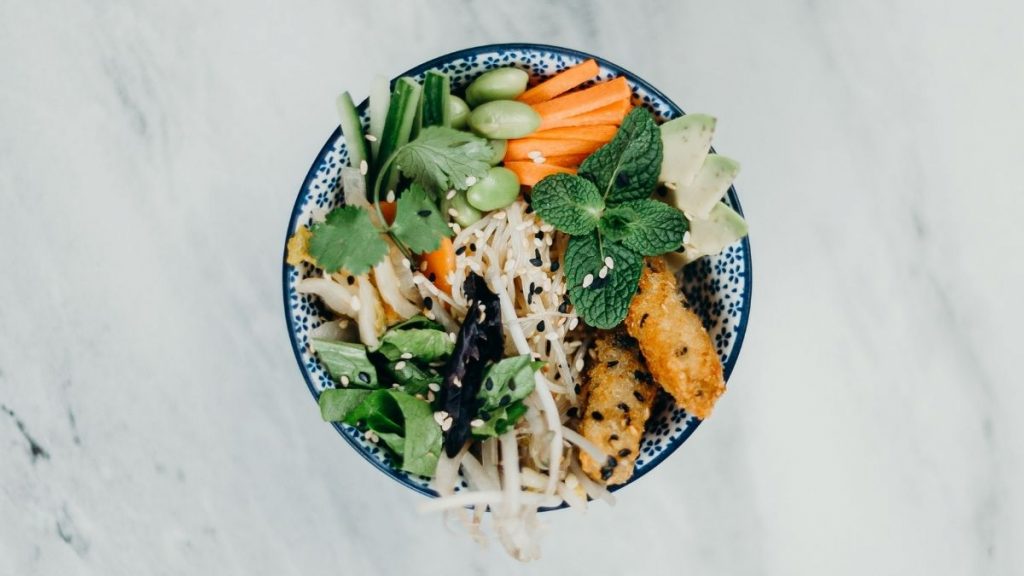
We all dread the day that a migraine strikes. It can happen so suddenly. It can often feel unprovoked – like there’s no rhyme or reason to the onset of the episode. While this may be true for some, there could also be various underlining factors at play.
Everyone experiences migraines differently. Our symptoms are unique – as is the frequency, duration and severity of our attacks. Some are triggered by stress, lack of sleep and hormonal changes. Others are set off by environmental factors such as light, sound, smell and temperature. The list goes on.
Many people find that certain foods affect their migraine headaches. So, how can you identify your potential food triggers and what dietary interventions can you put in place to avoid future attacks? Let’s find out!
Migraine and food: what’s the connection?
Although the cause of migraine is unknown, evidence suggests that these painful headaches are induced by altering chemical compounds, such as serotonin, which narrow blood vessels throughout the body. There is, however, a huge knowledge gap on the subject, and much more research is needed – particularly concerning triggers.
Eating a well-balanced diet offers endless health benefits; it gives us energy, enables growth and repair, and helps to prevent illness. One 2021 study found that a diet rich in fatty fish, which is thought to soothe inflammation, helped frequent migraine sufferers reduce their monthly number of headaches and intensity of pain.
Mediterranean and DASH (Dietary Approaches to Stop Hypertension) diets are also believed to ease migraine, with certain foods such as olive oil, green leafy vegetables and nuts protecting the brain from oxidative stress.
7 common foods that trigger migraines
Some specific foods appear to trigger migraines. We’ve listed some of the most commonly reported ones below, as well as suggestions on what to eat to relieve migraines, which, fingers crossed, will help you manage your condition.
1. Artificial sweeteners
Artificial sweeteners are synthetic sugar substitutes used to sweeten foods and drinks. They have virtually zero calories and can be found in desserts, ready meals, canned foods, chewing gum and more. The artificial sweetener aspartame has been identified as a migraine trigger for some people, and so has sucralose.
What to try instead: Natural sweeteners include fruit juices and nectars, honey, molasses and maple syrup. Honey offers a range of health benefits and is incredibly versatile – add it to your caffeine-free tea, drizzle it over your cereal and use it as an ingredient in an array of dishes.
2. Aged cheeses
As cheese ages, its proteins break down and form tyramine – a natural substance that some experts believe is linked to migraine and headache pain. Some examples of aged cheeses include blue cheese, Swiss cheese, parmesan, brie and cheddar.
What to try instead: Luckily, we have a huge variety of cheese at our fingertips so you can substitute aged ones with fresh, soft, spreadable options such as cream cheese, ricotta and goats cheese. A lot of dairy products do, however, contain high levels of saturated fats so enjoy them in moderation.
4. Foods containing MSG
MSG (monosodium glutamate) is a food additive that’s typically used to enhance flavour. It’s common in Asian cuisine and can also be found in canned vegetables, soups and various processed foods, including frozen meals, seasoning blends and instant noodles. There have been many reports of adverse reactions to foods containing MSG, which include migraines and headaches.
What to try instead: Countless migraine-friendly foods don’t contain MSG, but if you’re looking for an alternative to heighten the flavour of your meal, you could try beef stock, shrimp or mushrooms.
5. Processed and cured meats
Like aged cheeses, cured and processed meats contain high levels of tyramine. Try avoiding pepperoni, chorizo sausage, salami, prosciutto, pastrami, hot dogs, bacon and pâtés – in fact, anything that has been smoked, salted, cured dried or canned and features added preservatives.
What to try instead: Swap processed and cured meats for some canned mackerel, salmon or tuna, which, as we know, are sources of omega-3 fatty acids and can reduce the frequency of migraines.
6. Fermented foods
With pickled and fermented foods, tyramine is again the culprit. Pickles, kimchi, kombucha, sauerkraut and miso all fall into this category.
What to try instead: A lot of vegetables are pickled so we can enjoy them all year round. Eat fresh seasonal veg instead, and if you’re a big fan of Japanese cuisine, replace the miso soup with some delicious seafood sushi!
7. Citrus fruits and juices
Fresh fruit provides us with essential vitamins and minerals, as well as fibre and health-boosting antioxidants such as flavonoids. However, some people find that citrus fruits, including oranges, grapefruits, lemons and limes, give them migraine headaches. Researchers aren’t 100% sure why this is, but it could be linked to a sensitivity to synephrine, a food factor of citrus.
What to try instead: Strawberries, blueberries, blackberries, cherries, apples and watermelon are all excellent alternatives. As anti-inflammatories, their pain-relieving effects make them great migraine recovery foods.
Watch what you drink too
Caffeine: Although not technically a food, caffeine comes in at the top of the migraine trigger list. This natural stimulant is most commonly found in tea, coffee and cocoa, as well fizzy drinks and energy drinks. Both consuming it in beverages and experiencing caffeine withdrawal can lead to migraine attacks.
Alcohol: Congeners, byproducts of alcohol, have also been linked to headaches. Dark alcoholic drinks like red wine, whiskey and brandy are said to have a higher concentration. As well as leaving us dehydrated, alcohol relaxes the blood vessels, resulting in increased blood flow to the brain.
What to try instead: Decaffeinated hot drinks such as herbal teas containing chamomile, ginger and turmeric all boast antioxidant and anti-inflammatory properties that can relieve migraine and headache pain. These teas may also help reduce stress and anxiety – another contributing factor to migraines.
Managing your migraines
Once you know what foods appear to be triggering your migraines, you’ll be one step closer to effectively preventing and managing your attacks. Struggling to pinpoint dietary triggers? Try keeping a detailed food diary, which will help you identify patterns and consistencies.
If you’re looking for natural migraine relief, you can explore our fast-acting To Better Days patches for the temples, forehead and neck. Featuring a combination of vitamin D, ginger extract, chamomile extract and lavender powder, they have been proven to shorten the length and severity of migraines and reduce recovery time!




